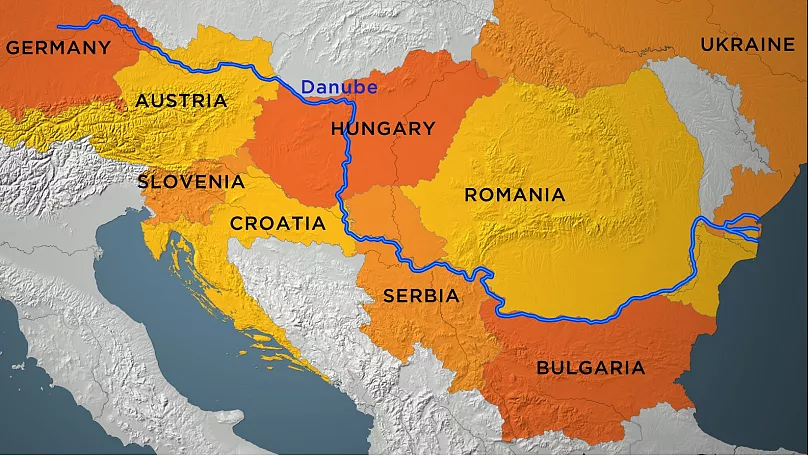Bulgaria and Romania are set to join the Schengen area in March 2024, the European Commission reports. On December 30, 2023, the European Council agreed to lift the air and sea internal border controls with Bulgaria and Romania from March 2023, with a subsequent decision to lift land border controls to follow at a later date. It is expected that the EU decision on this issue will be taken within a “reasonable time”.

"The historic decision by the Council today is a strong testament to the EU’s unity of purpose and spirit. Romania and Bulgaria's accession will make Schengen stronger – fortifying this ‘crown jewel’ so emblematic of our European way of life, to the benefit of the internal market, our economies and European citizens everywhere. I wholeheartedly congratulate both countries for all the hard work you have done to get here – this is your achievement, and it is not only deserved but overdue. And we will continue to walk every step of the road forward together," stated Margaritis Schinas, Vice-President for Promoting European Way of Life.
Historic moment
European Commission President Ursula von der Leyen marked this as a historic moment for Bulgaria and Romania. She expressed that this is a day of great pride for the citizens of both countries. From March, they will be able to freely cross internal sea and air borders without border control. This represents an important step forward for both countries and the Schengen area as a whole.

How do countries join the Schengen area?
The Schengen Area, a zone of free movement that covers more than 4mn km² and encompasses a population of nearly 420mn people, currently includes 27 countries. This area is comprised of 23 out of the 27 EU member states and all members of the European Free Trade Association (EFTA), which includes Iceland, Liechtenstein, Norway, and Switzerland.
Countries that aspire to join the Schengen area need to follow a series of steps:
Adopt the Schengen Rules: The country must apply the common set of Schengen rules, also known as the ‘Schengen acquis’. This includes areas such as border controls, visa issuance, police cooperation, and the protection of personal data.
Control External Borders: The country must control the external borders on behalf of other Schengen countries and issue uniform Schengen visas.
Cooperate with Law Enforcement: The country must efficiently cooperate with law enforcement agencies in other Schengen countries. This is to maintain a high level of security once internal border controls have been abolished.
Use the Schengen Information System (SIS): The country must connect to and use the Schengen Information System (SIS).

After fulfilling these requirements, the country must undergo a series of evaluations to determine if it meets the conditions necessary for the application of the Schengen rules.
The final step is the evaluation confirming the readiness of a member state to join the Schengen area without internal border controls. This decision must be approved unanimously by all other members of the Schengen area, after consulting the European Parliament.
Long journey
Bulgaria and Romania have been working towards becoming part of the Schengen area since 2007. The European Commission announced the readiness of the two countries to take this step back in 2011. However, the process was blocked by various EU countries.
In December 2022, the Council of the European Union agreed on a decision, but Austria eventually blocked it due to “weak efforts” to combat illegal migration. In 2023, the accession to Schengen was blocked by Hungary, which criticized Bulgaria for imposing a tax on the transit of Russian gas.
Follow Daryo's official Instagram and Twitter pages to keep current on world news.
Comments (0)